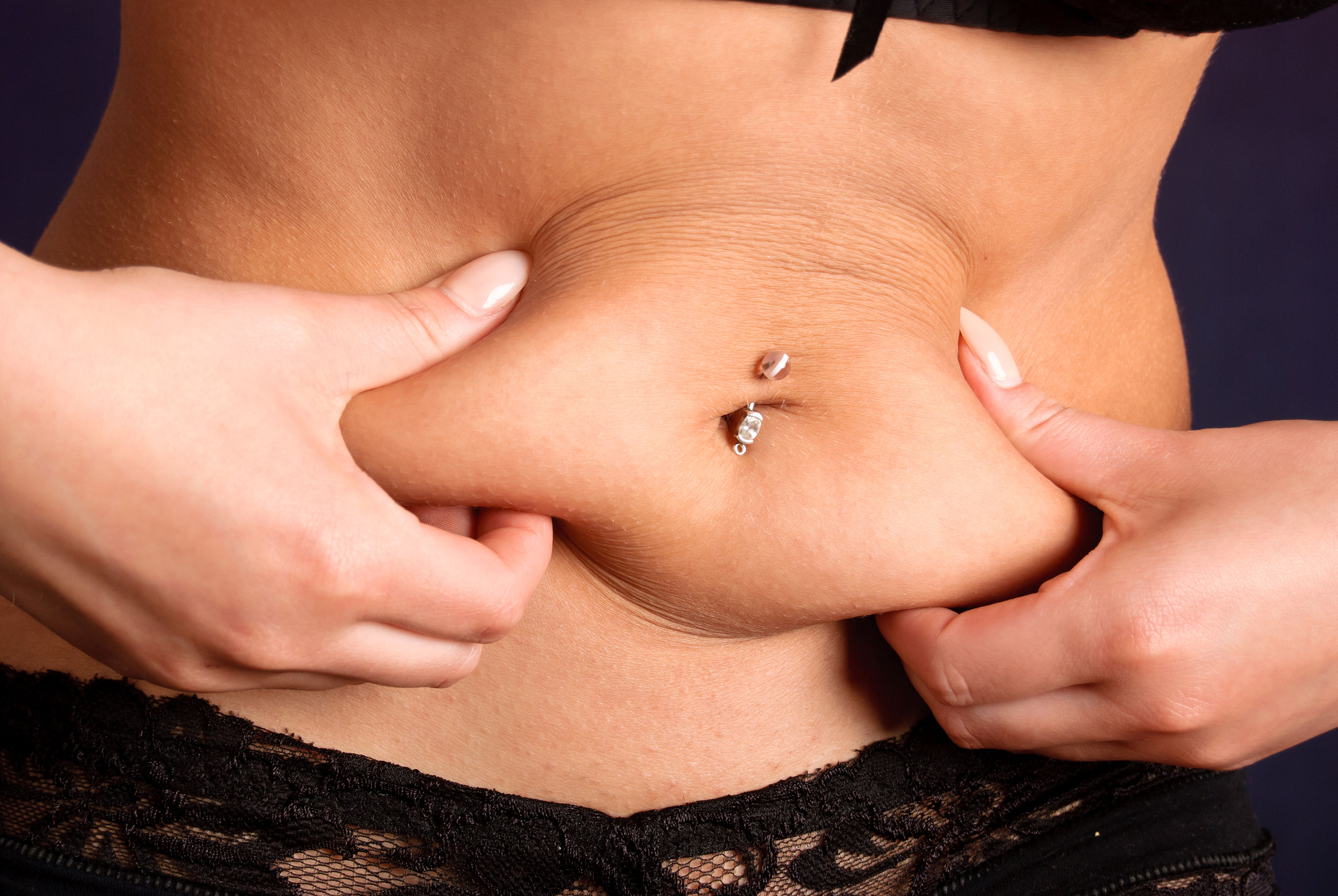
14 Oct Treating stretch mark scars
It’s not just women who have given birth that can be left with stretch marks. They can be caused by conditions such as obesity, losing weight too quickly or even lifting weights. There have been some reported cases which have occurred through puberty. And in very rare circumstances, stretch mark scars are due to illnesses such as Cushing ’s syndrome and Marfan syndrome.
Stretch marks – or striae as the medical profession calls them – happen when the skin is stretched beyond its point of return. Skin that’s stretched too rapidly will break on its surface causing blood vessels in the skin to show through which give stretch marks their distinctive reddy purple colour.

Some people are more susceptible to stretch marks and the scars you get from them. They run in the family so if your mum has them, chances are you will too. But all’s not lost if you end up with stretch mark scars and you can take steps to minimise them before they start. The best thing to do to prevent stretch marks is to keep your skin hydrated by
drinking lots of water and using moisturiser. This is particularly important if you’re pregnant as around 80% of women will end up with stretch marks from pregnancy.
If you’re planning to lose weight, make sure you do so slowly through sensible eating and exercise so it’s a gradual process. Stretch marks can be formed when previously stretched skin returns to its original size too soon as well as being pushed beyond its natural limit too quickly. Its elasticity diminishes as you get older so as you age the likelihood of stretch mark scars occurring increases.
Stretch marks can fade over time and become less noticeable for most people.
UK/DER/14/0002m Date of preparation: August 2014
